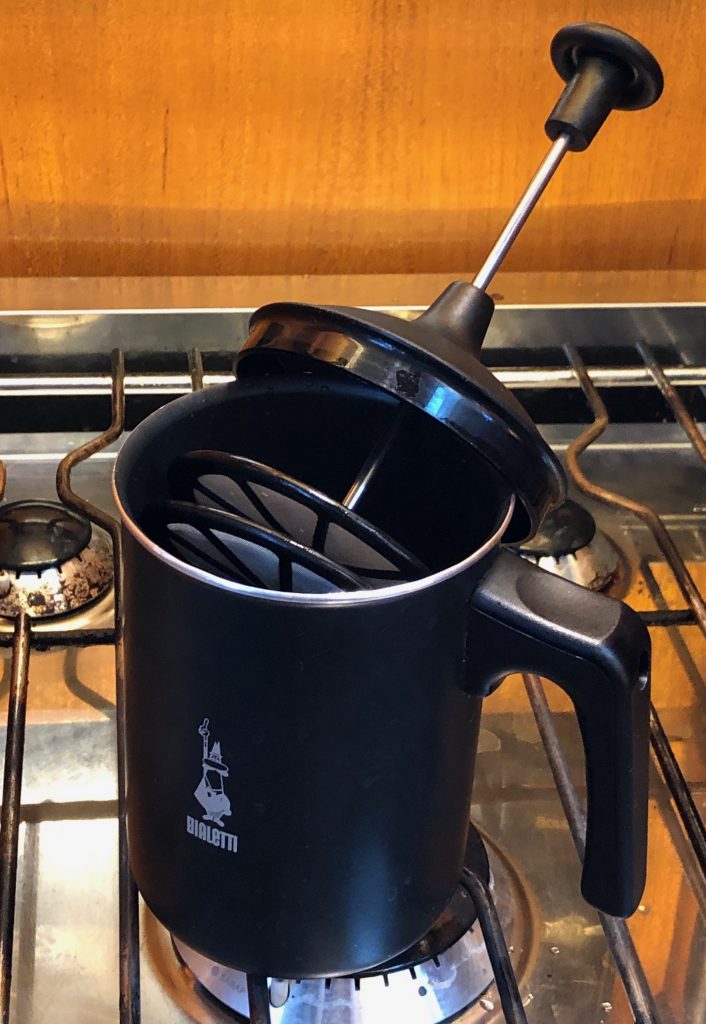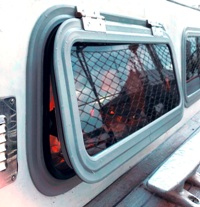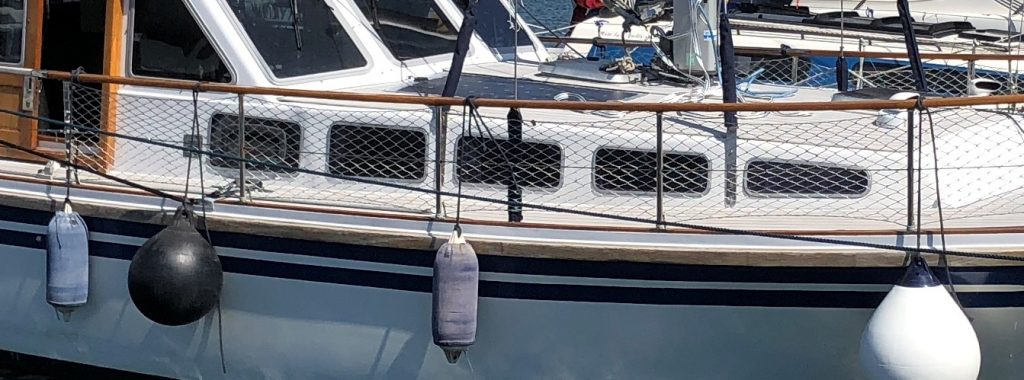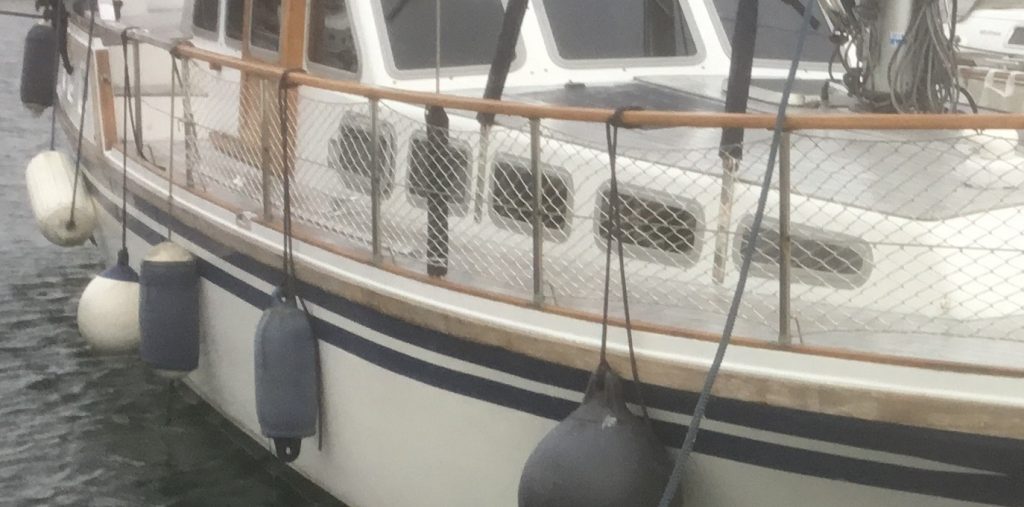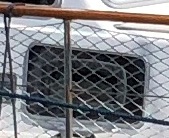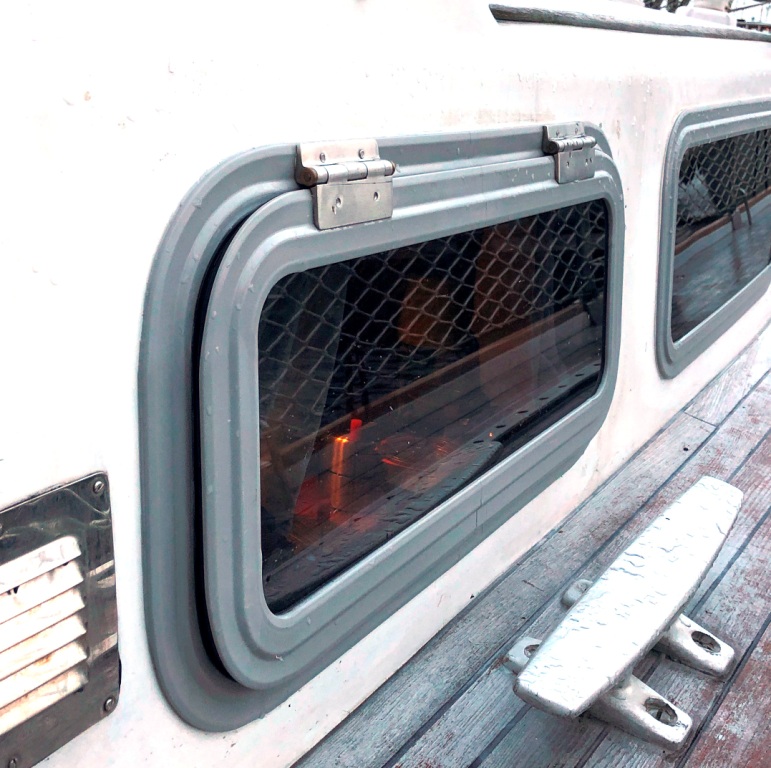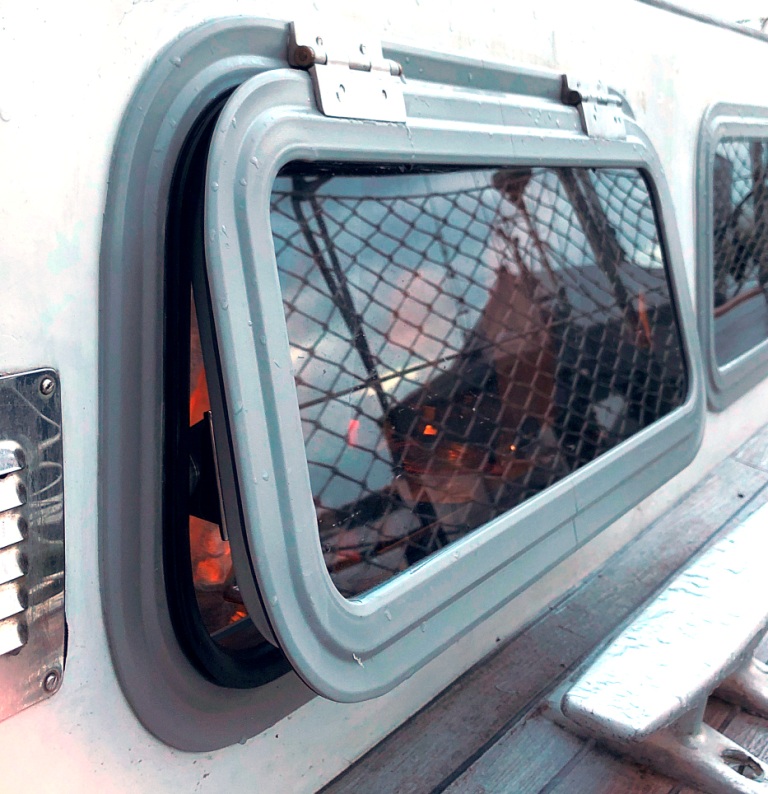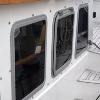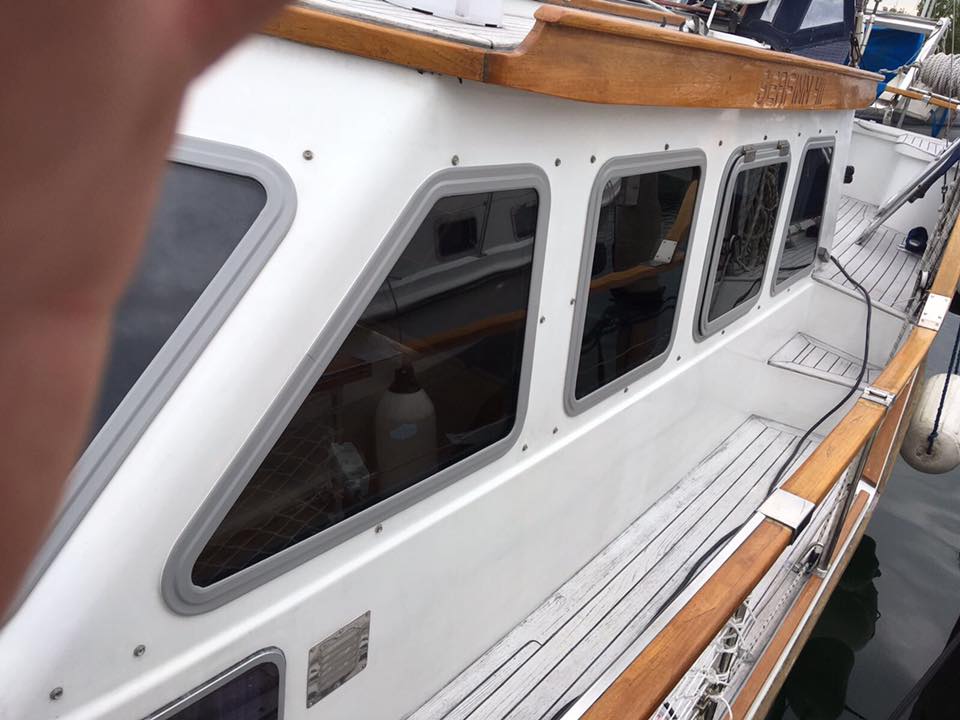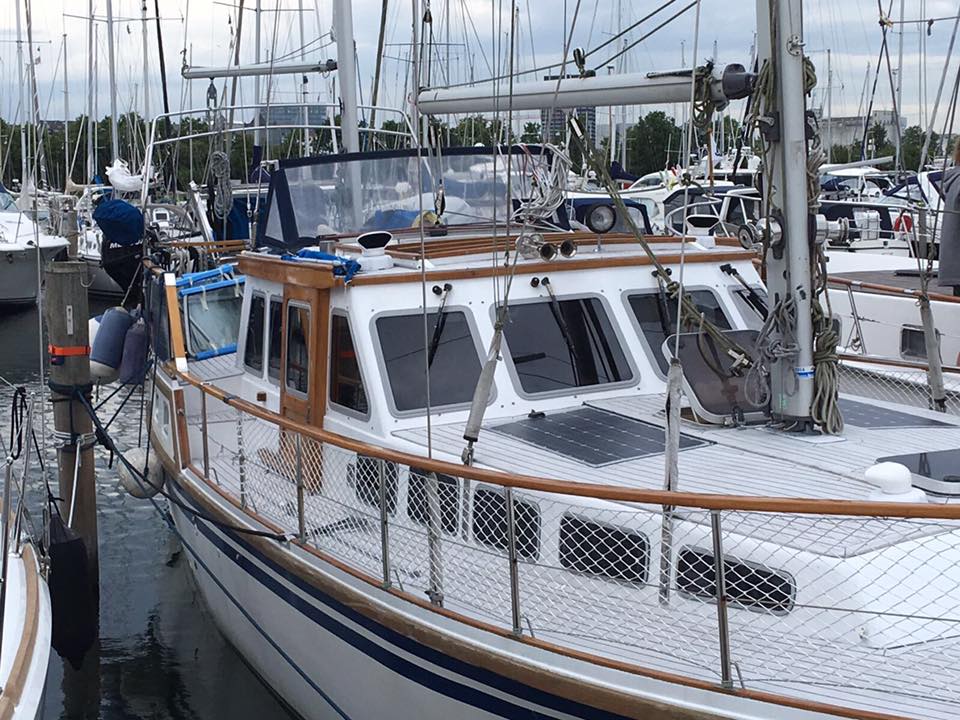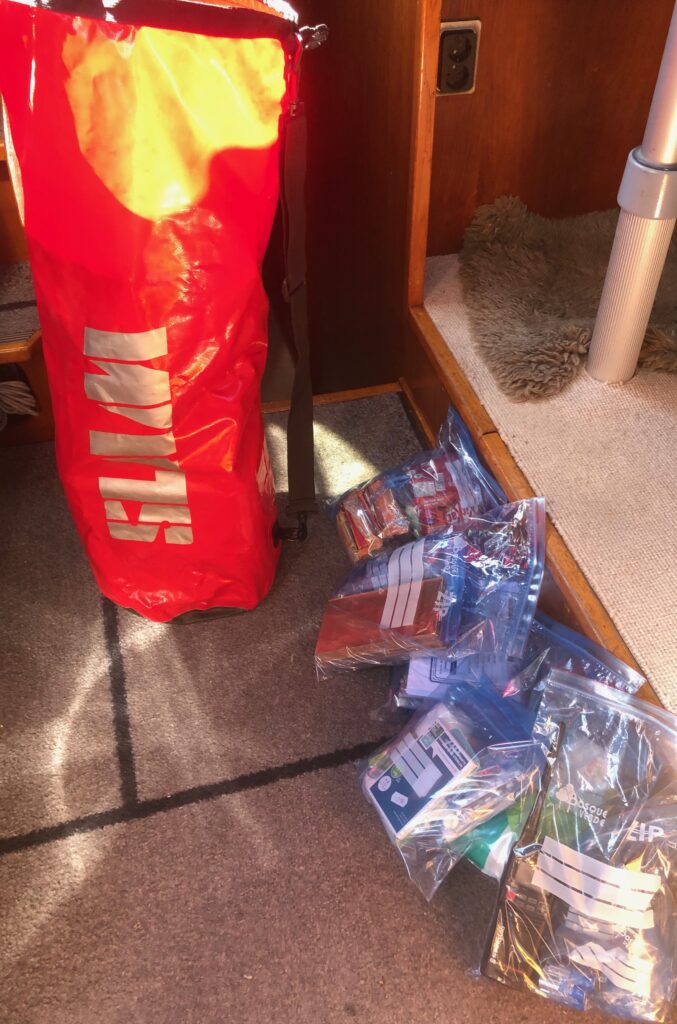
A long-distance sailing boat sank in the summer of 2019 in the Pacific Ocean. The crew had to send a mayday and go into the life raft, but were fortunately rescued by other sailors in the area. Their story of the wreck and their preparations for, what should never happen, but happened anyway, have inspired us (and surely many others) to look at our own safety. In Denmark, we have never had a life raft, we have usually sailed close to the coast and in busy waters and not considered it necessary. As at this time we were on our way to the Mediterranean, which we had intended to cross over a longer distance, we agreed that we must have a life raft. We also talked through the situation and found out that in addition to the life raft we should have a packed grap bag.
When buying a life raft, you must decide whether it must be approved for coastal use or for ocean use (e.g. across the Atlantic). The raft can basically be packed with various things for use in an emergency. E.g. emergency flares, knife, seasickness tablets. It is also possible to order it packed with equipment of your choice. But regardless of what is packed inside, there will be a need for extra things to take with you on the go. Therefore, a bag/container is packed and ready for being brought to the lift raft, a so-called grap bag.
We searched the web to get inspiration for what such a bag should contain. From this we made our list.
The list is OUR best bet on what WE think should be in the bag, it is NOT an approved list and it is only FOR INSPIRATION
The list is intended for Mediterranean cruises, where we will not be more than a day’s sailing away from land. If you are going across the Atlantic, it certainly makes other demands.
| Quantities for 2 adults | In grab bag | Life raft | Packs on the go |
|---|---|---|---|
| First aid and medicine | |||
| sea sickness pills | x | ||
| first aid equipment plaster + gauze | x | ||
| painkillers paracetamol + ibuprofen | x | ||
| sunscreen | x | ||
| vaseline | x | ||
| thermal blankets | x | ||
| Basic survival | |||
| Orange soda with sugar 4 x 1/3 l | x | ||
| water 6 x 1/2 l | x | ||
| 2 bags of dried fruit and nuts | x | ||
| hand pump | x | ||
| ladle | x | ||
| sponge 2 | x | ||
| dishcloth | x | ||
| repair clamps | x | ||
| duct tape + tape that can stick wet | x | ||
| knife | x | x | |
| wet wipes | x | ||
| plastic bags, preferably zip | x | ||
| Equipment to rescue aid | |||
| portable WHF with fresh batteries | x | ||
| extra batteries | x | ||
| flashlight with wind-up | x | ||
| the good flashlight | x | ||
| SOS light | x | ||
| whistle | x | ||
| emergency flares 3 hand-held + 2 parachutes | x | ||
| torch with equipment to transmit Morse code | |||
| mirror | x | ||
| card with rescue signals | x | ||
| throwing line with ring | x | ||
| paddles | x | ||
| Equipment to help afterwards | |||
| photocopy of boat documents incl. insurance papers | x | ||
| copy of passports | x | ||
| passports | x | ||
| wallet with Danish kroner and euros and credit card | x | ||
| our wallets with credit cards etc. | x | ||
| Navigation help | |||
| pencil and paper | x | ||
| compass | x | ||
| phones with gps and map | x | ||
| battery bank | x | ||
| Personal equipment | |||
| reservebriller | x | ||
| solbriller | x | ||
| Kasketter | x | ||
| Nøgler til det derhjemme | x |

